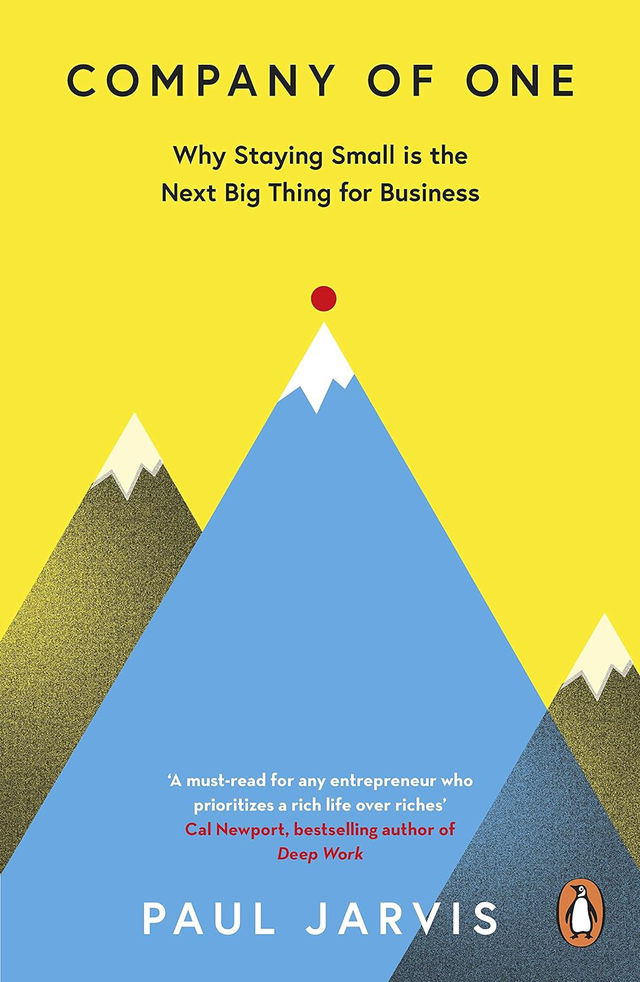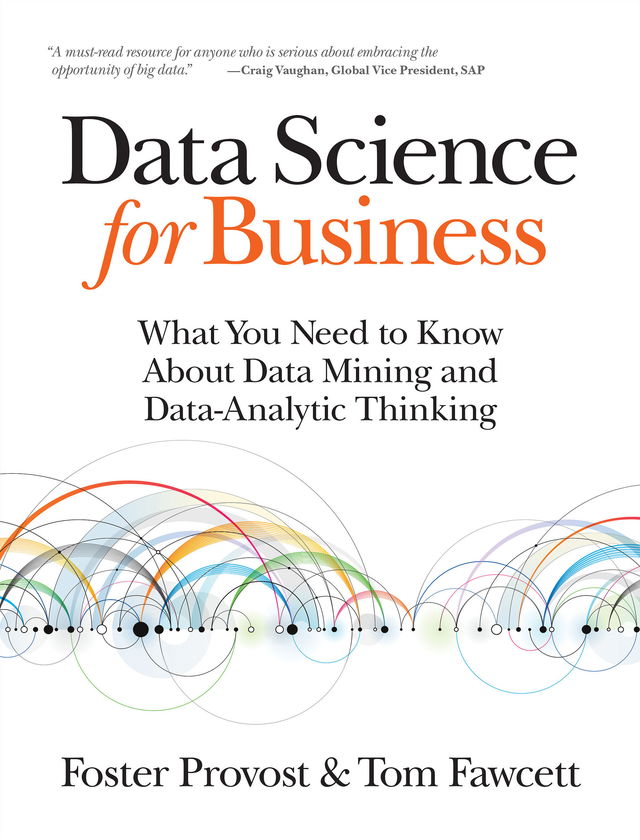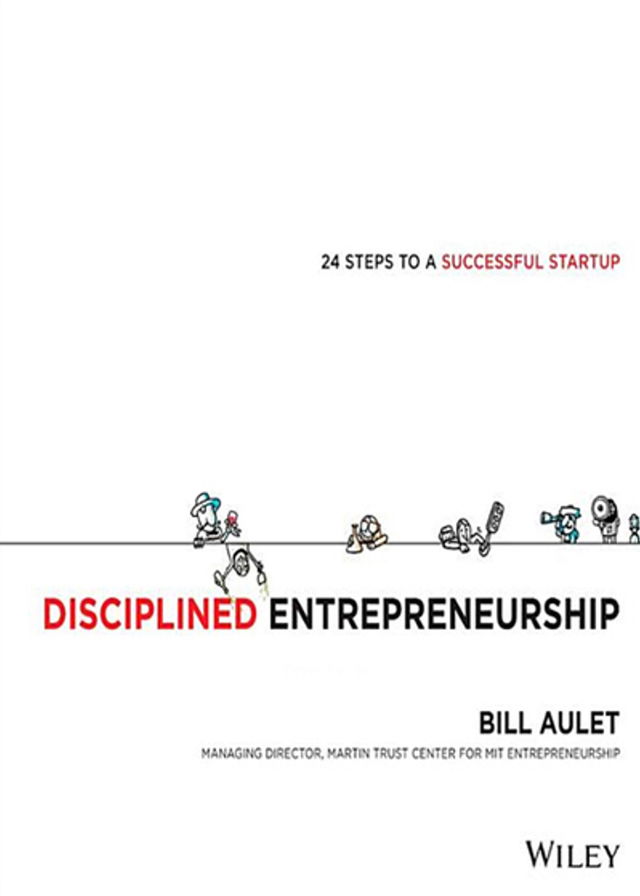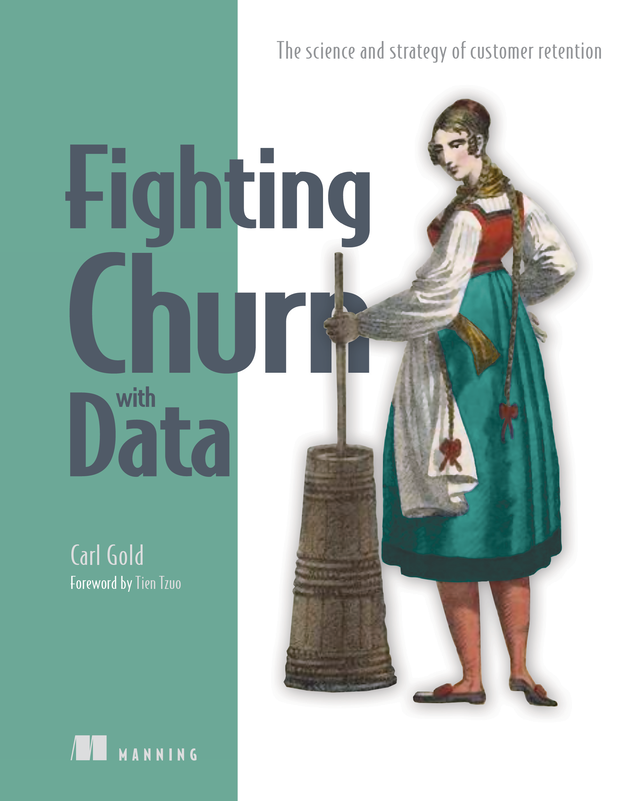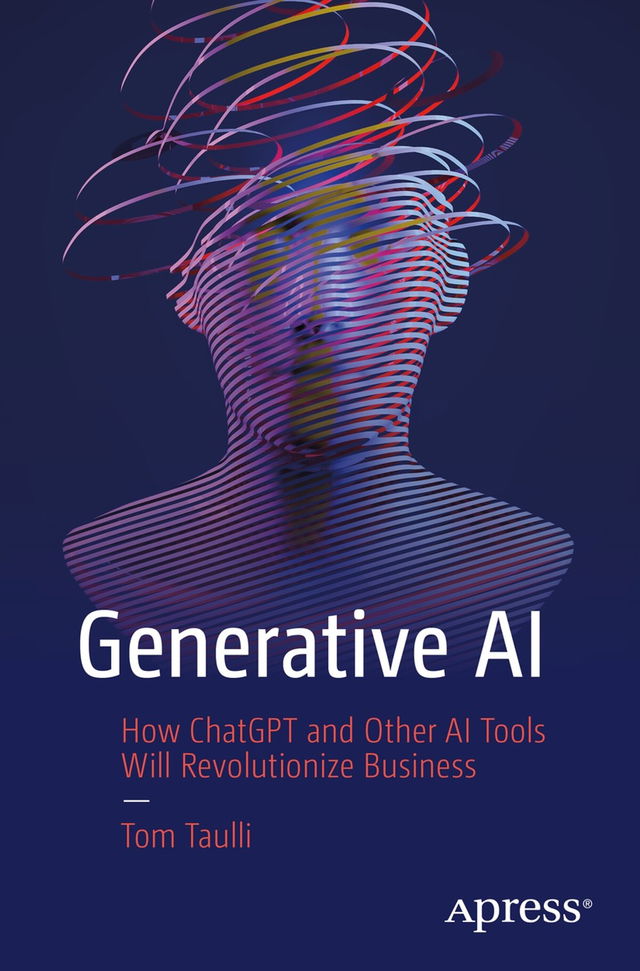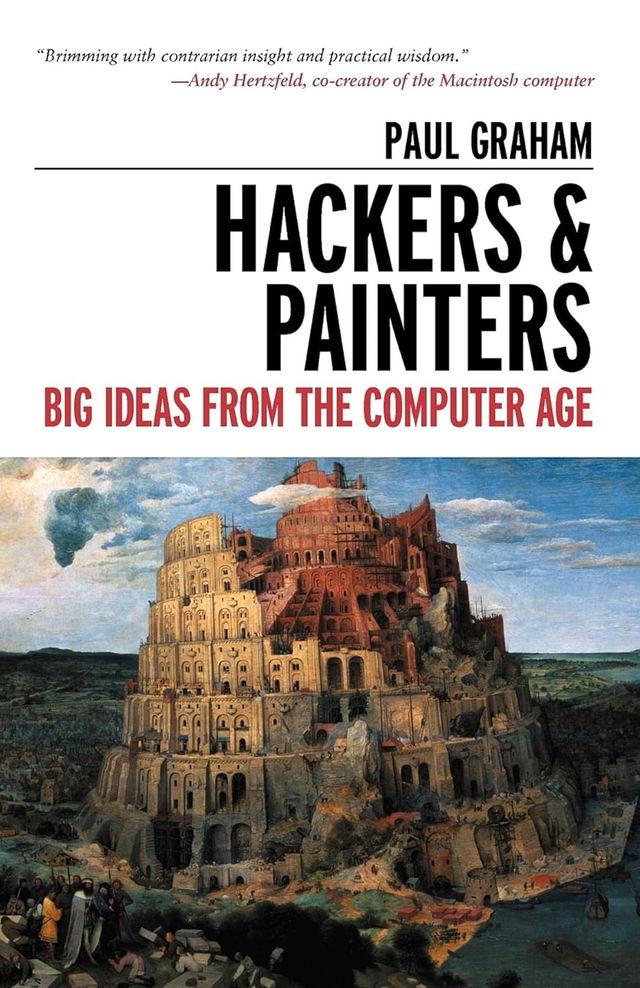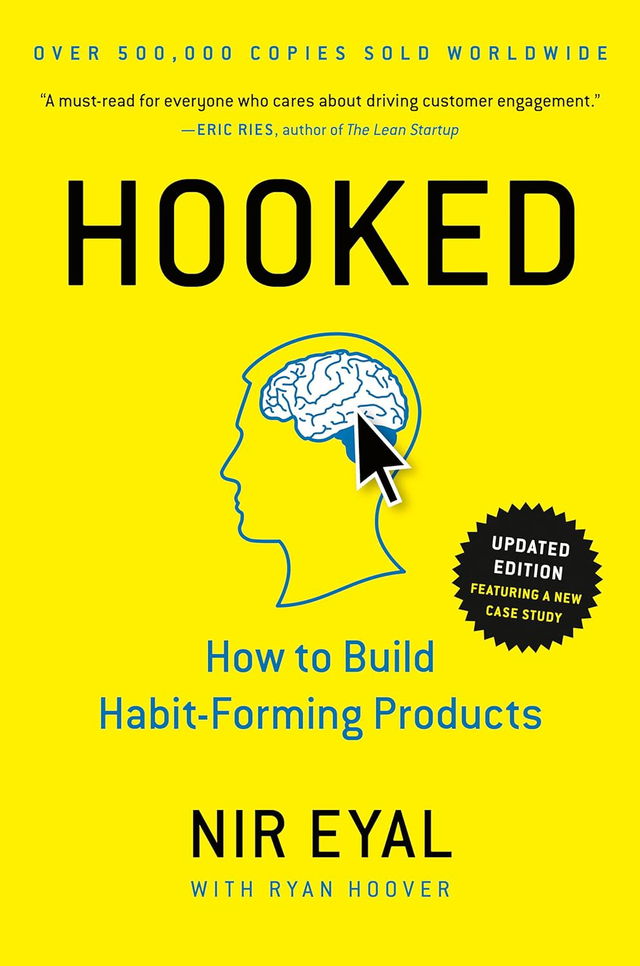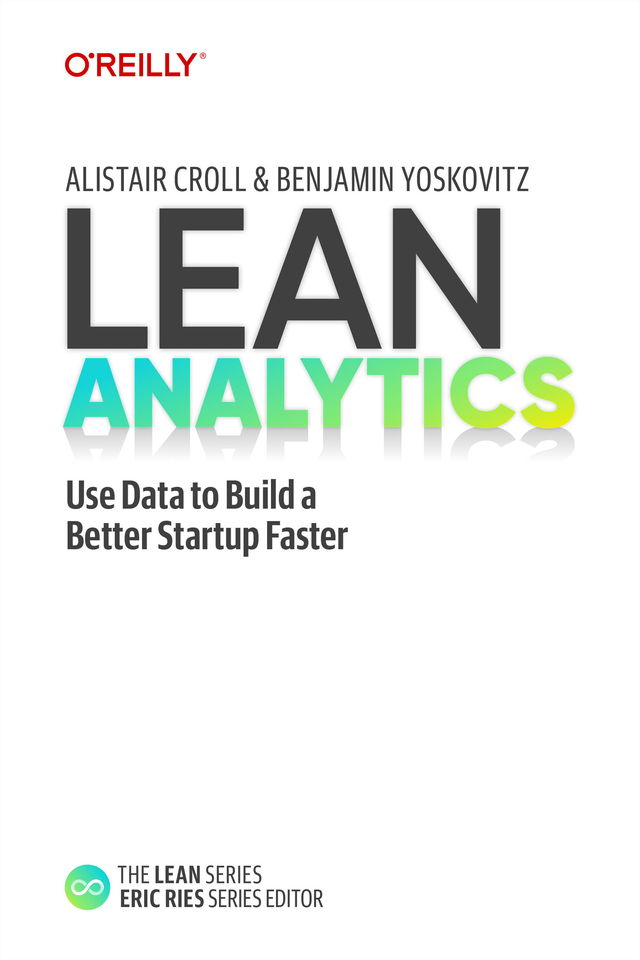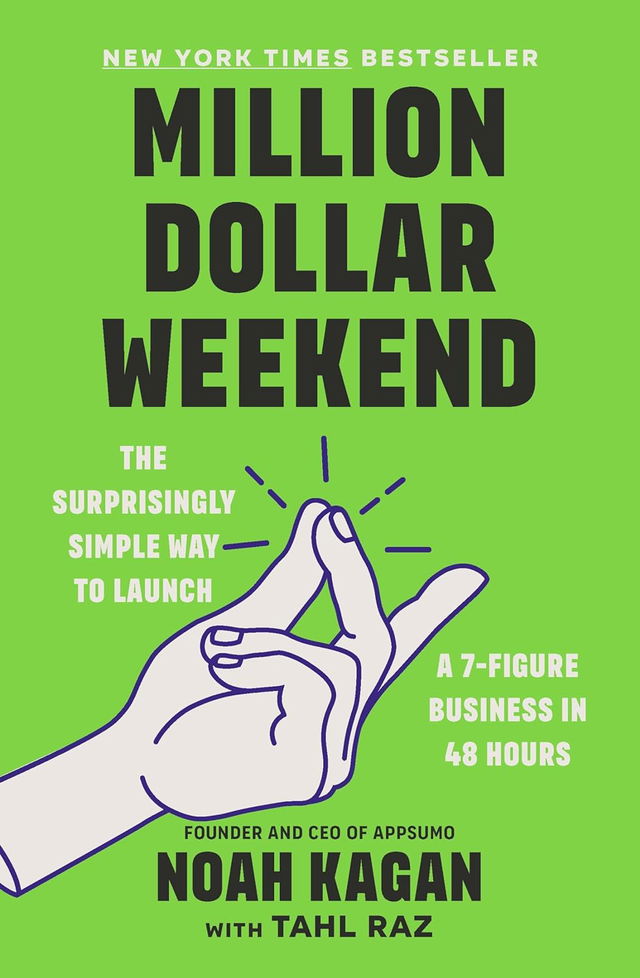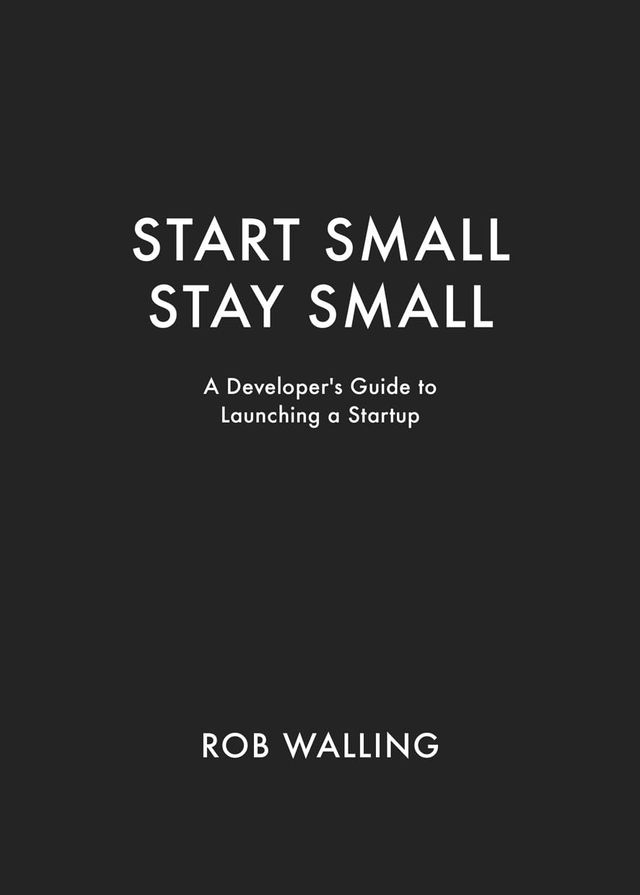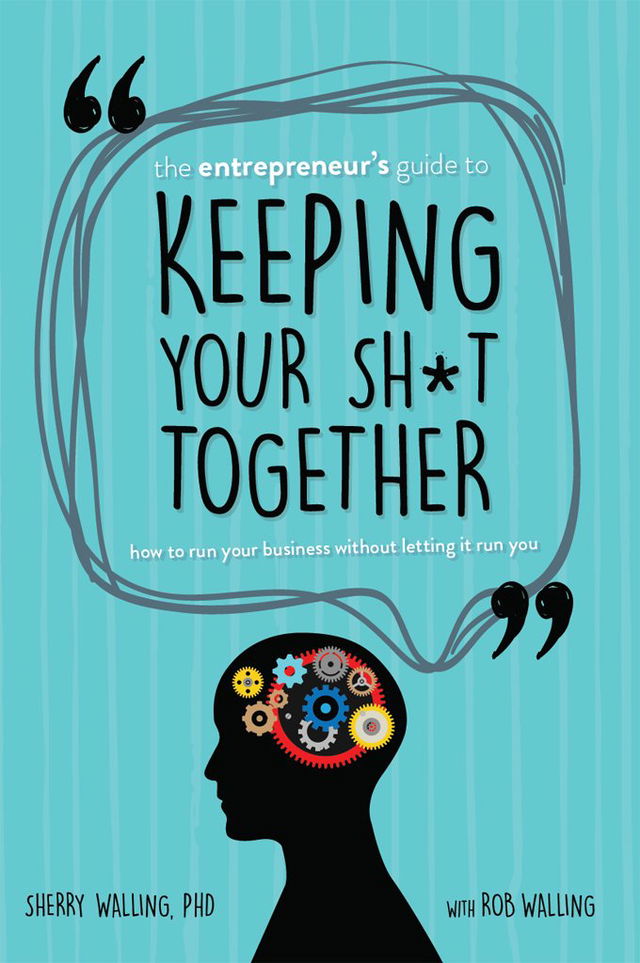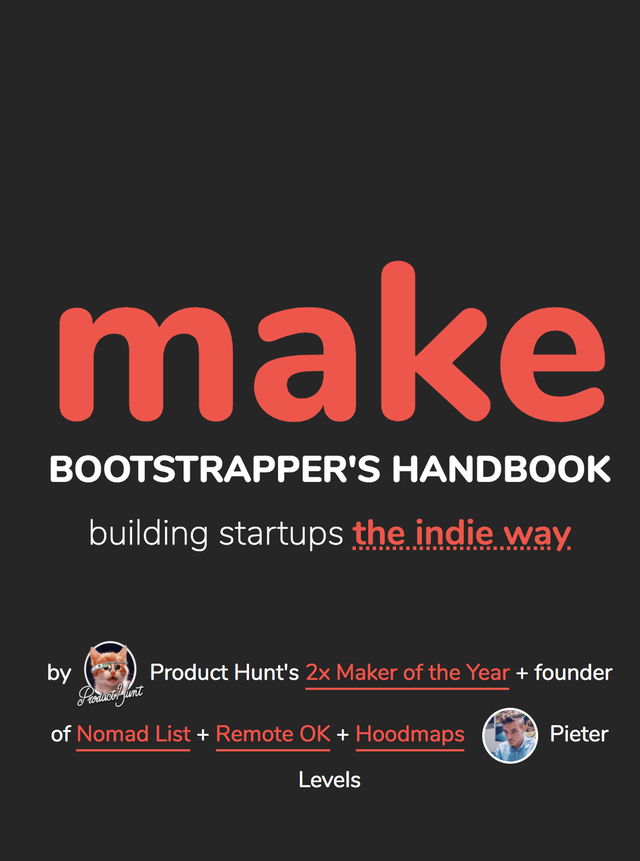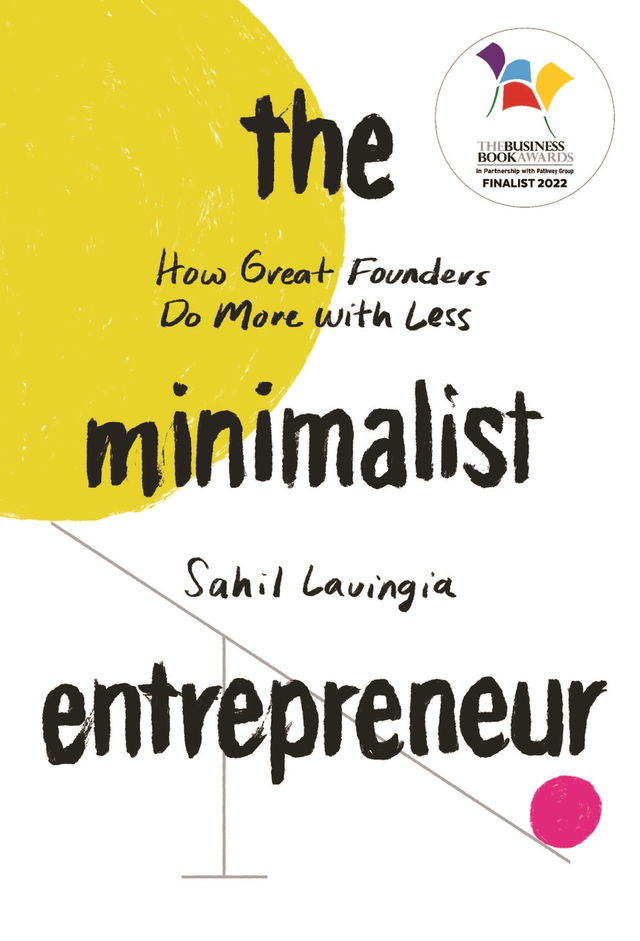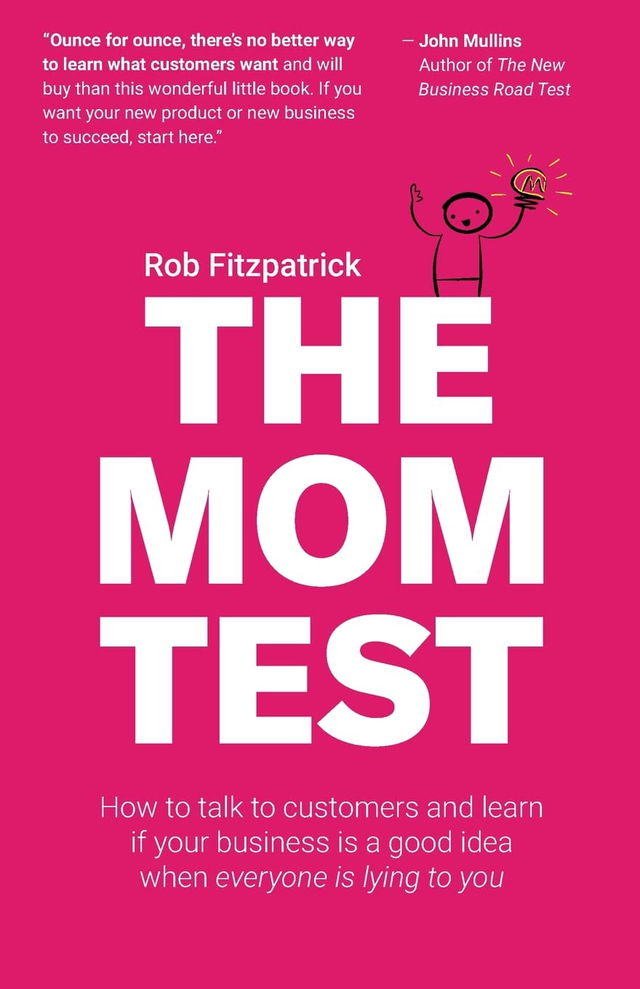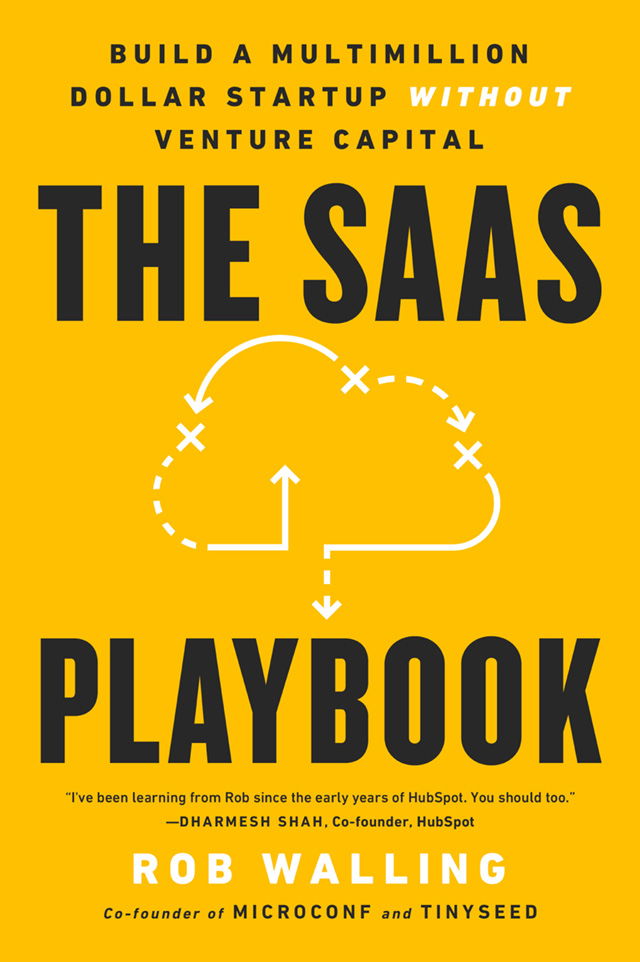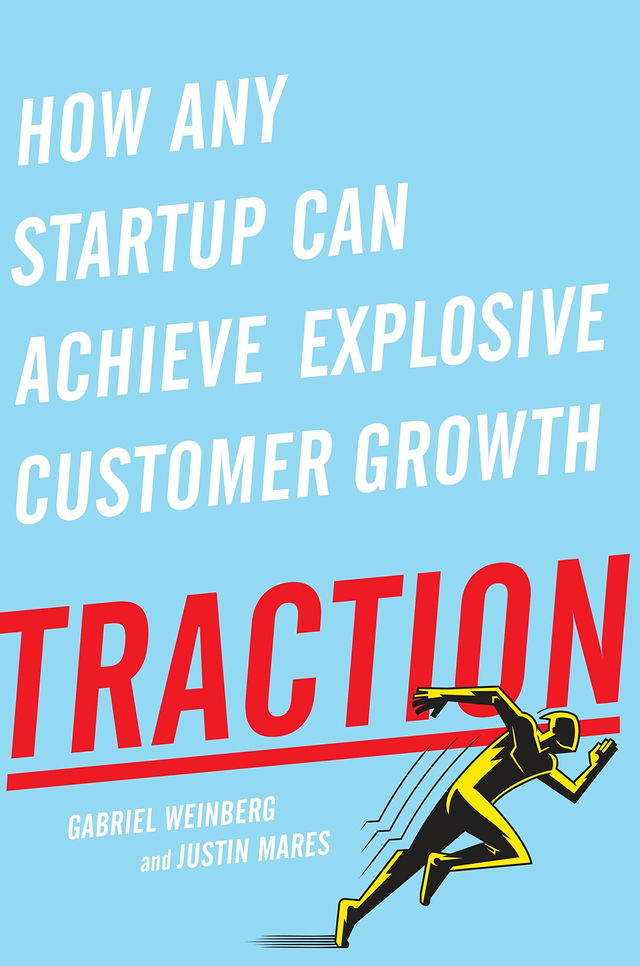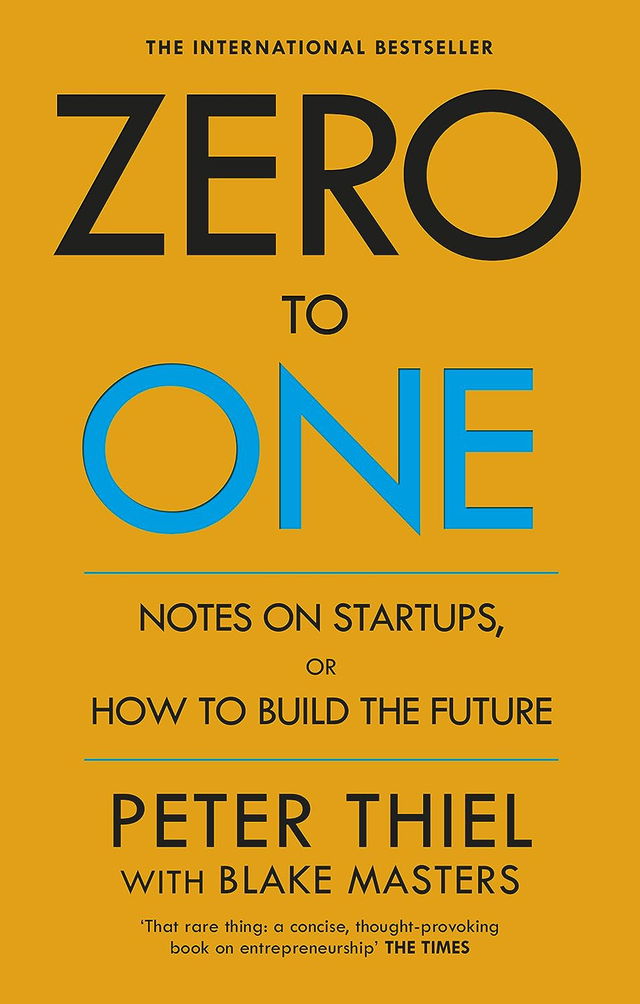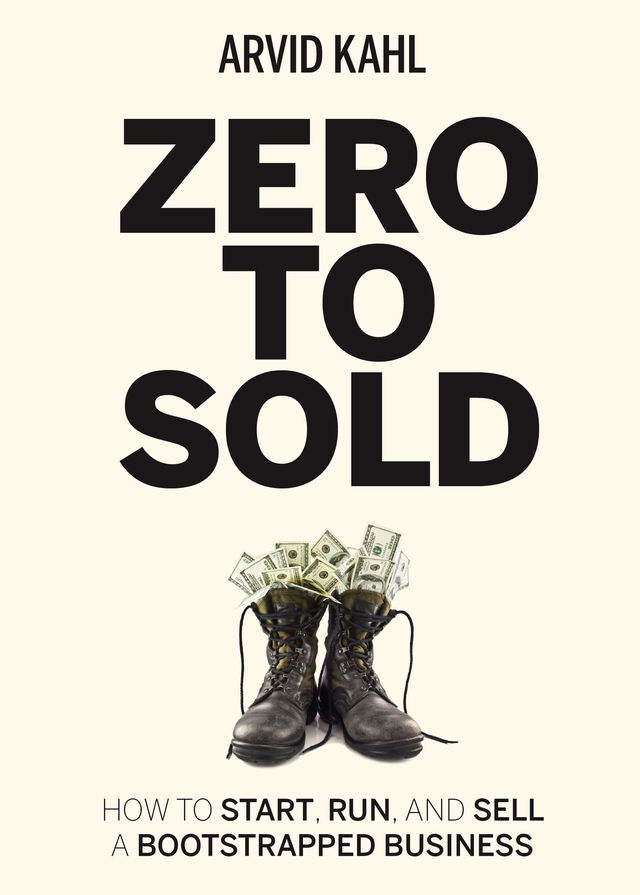Zero to Sold is a comprehensive and actionable guide through the four stages of a bootstrapped business: Preparation, Survival, Stability, and Growth.
From your first idea to successfully selling your business for life-changing amounts of money, this book will help you become a world-class entrepreneur. By focussing on your niche audience, finding their critical problem, and solving it with a product that your customers can't resist to pay for, you will learn how to create a recurring revenue engine that will make you financially independent.
It's easy to build software products. The hard part is turning them into viable businesses that stand the test of time. If you want to build a business that survives, you have to know what challenges you will encounter. Zero to Sold tells the story of a sustainable, bootstrapped software business that grew to thousands of customers before it was acquired.
Arvid Kahl is a software engineer turned entrepreneur who has accomplished just that. He co-founded and grew an online teacher productivity SaaS business called FeedbackPanda to $55,000 Monthly Recurring Revenue with his partner Danielle Simpson. They sold the business for a life-changing amount of money in 2019, just two years after founding the business. Arvid writes on The Bootstrapped Founder blog.
In Zero to Sold, Arvid shares his experiences, learnings, and insights from building a Software-as-a-Service business from start to finish. He shows what worked and what didn’t work. If you want to build your own bootstrapped business and stay sane while doing it, Zero to Sold will be your guide.
You will learn how to:
- explore and validate your idea before you jump into building a prototype that no one needs.
- find a well-defined audience, locate their critical problem, envision a solution that fits into their workflow, and build a product that makes them want to pay. Then, build a repeatable process of selling your product: a business.
- grow your business sustainably and make it sellable, even if you want to keep it forever. Or sell it for a life-changing amount of money. Either way, you can prepare.
Zero to Sold is the ultimate business documentation: a memoir, a manual, a journal, and a guide. It will help you validate your ideas, build your products, and grow your businesses, whatever stage you might be at right now.
